Changing Consumer Preferences
Changing consumer preferences significantly influence the Private Label Food and Beverage Market. As consumers become more discerning, they increasingly seek products that align with their values, such as sustainability and health. This shift has led retailers to expand their private label offerings to include organic, gluten-free, and non-GMO options. Market data indicates that private label organic food sales have surged, reflecting a broader trend towards healthier eating. This evolution in consumer preferences suggests that private labels must adapt to meet these demands, potentially leading to increased market share as they cater to a more health-conscious demographic.
E-commerce Growth and Accessibility
The growth of e-commerce has transformed the Private Label Food and Beverage Market, providing consumers with greater accessibility to a variety of products. Online shopping platforms have made it easier for consumers to discover and purchase private label items, often at competitive prices. Recent statistics show that e-commerce sales of private label products have increased by over 25% in the past year, reflecting a shift in shopping habits. This trend suggests that as more consumers embrace online shopping, the private label segment may continue to expand, driven by the convenience and variety offered through digital channels.
Retailer Strategies and Innovations
Retailer strategies and innovations play a crucial role in shaping the Private Label Food and Beverage Market. Many retailers are investing in product development and marketing to enhance their private label offerings. This includes creating unique flavors, packaging designs, and promotional campaigns that differentiate their products from competitors. For instance, some retailers have reported a 15% increase in sales of their private label products due to innovative marketing strategies. Such initiatives not only attract new customers but also foster brand loyalty among existing ones, indicating that strategic innovation is essential for growth in the private label sector.
Cost-Effectiveness of Private Labels
The cost-effectiveness of private label products is a primary driver in the Private Label Food and Beverage Market. Retailers often offer these products at lower prices compared to national brands, appealing to budget-conscious consumers. In recent years, the price gap between private labels and branded products has narrowed, making private labels more attractive. According to market data, private label products accounted for approximately 20% of total food and beverage sales, indicating a growing acceptance among consumers. This trend suggests that as consumers seek value without compromising quality, the demand for private label offerings is likely to increase, further solidifying their position in the market.
Economic Factors and Consumer Spending
Economic factors and consumer spending patterns are pivotal in the Private Label Food and Beverage Market. During periods of economic uncertainty, consumers tend to prioritize value, leading to increased sales of private label products. Recent data suggests that during economic downturns, private label sales can rise by as much as 30%, as consumers seek affordable alternatives to branded items. This trend indicates that economic conditions directly impact consumer behavior, and as long as economic fluctuations persist, private labels are likely to benefit from heightened demand, reinforcing their market presence.


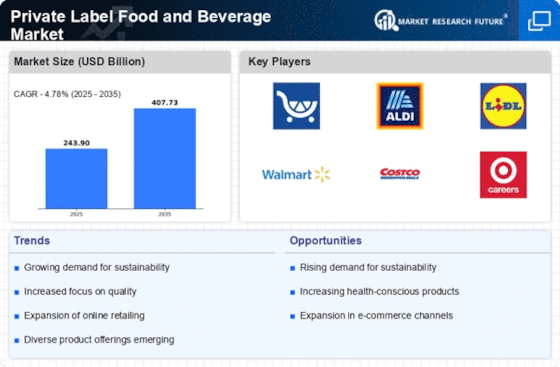
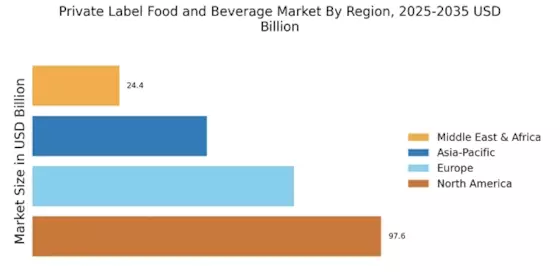
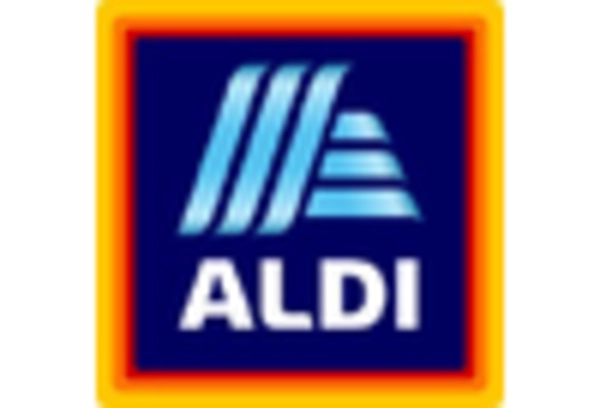
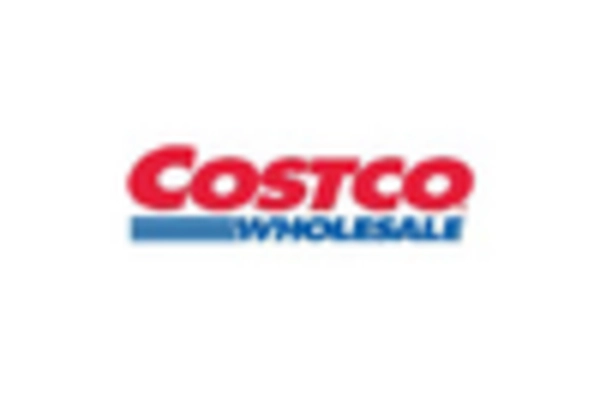
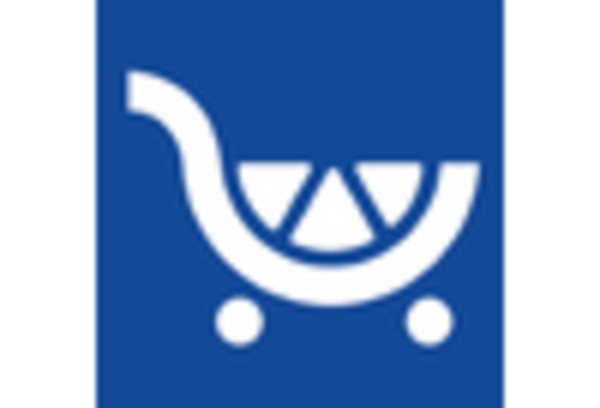
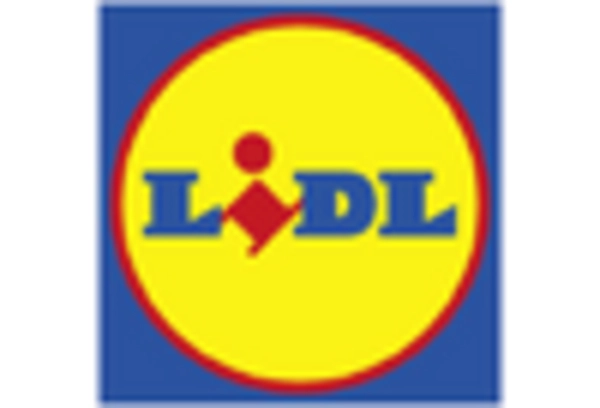
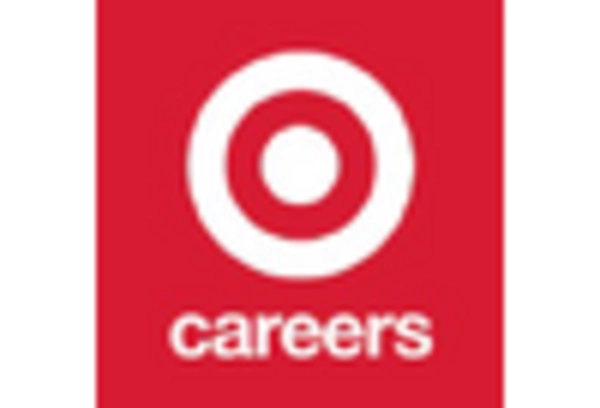
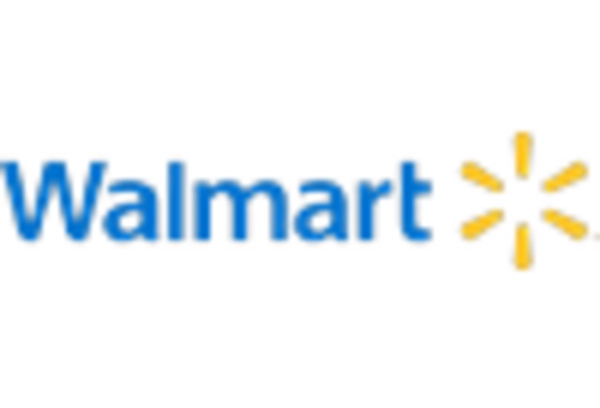








Leave a Comment